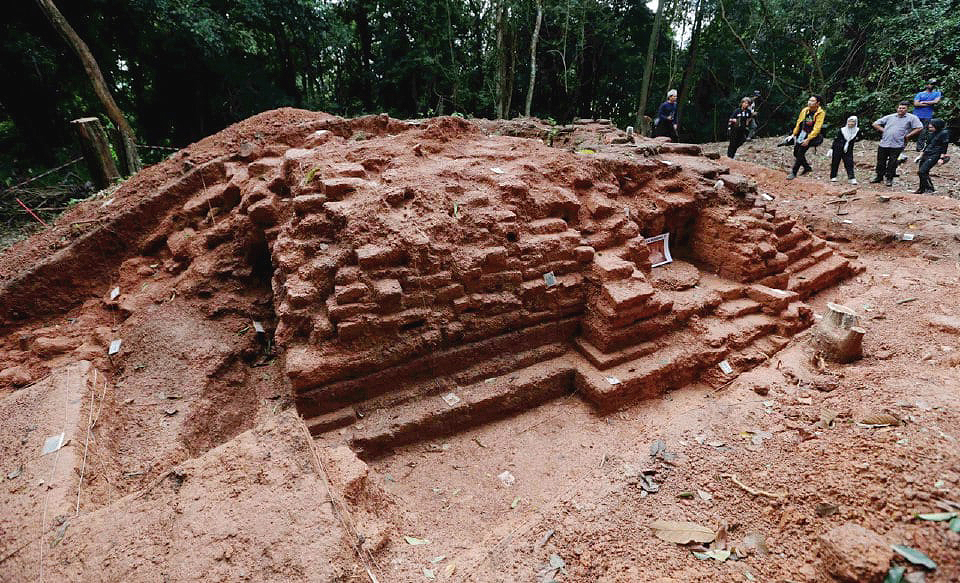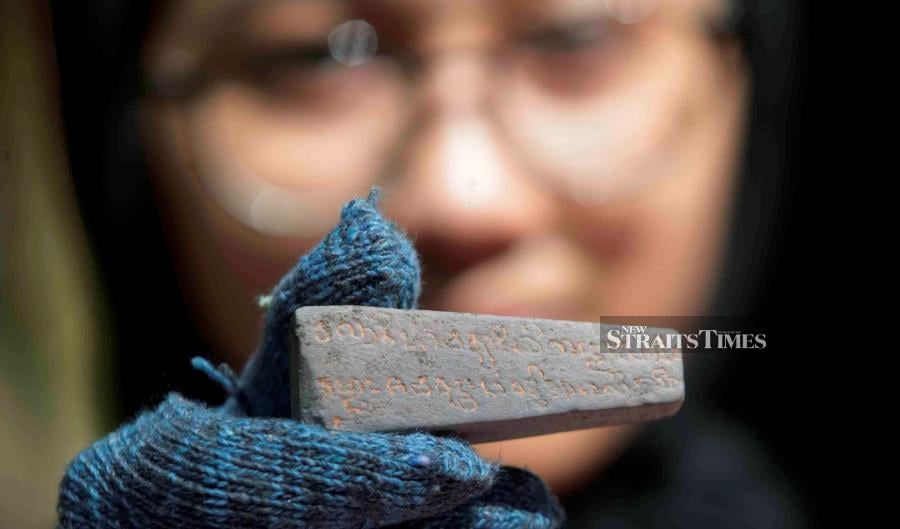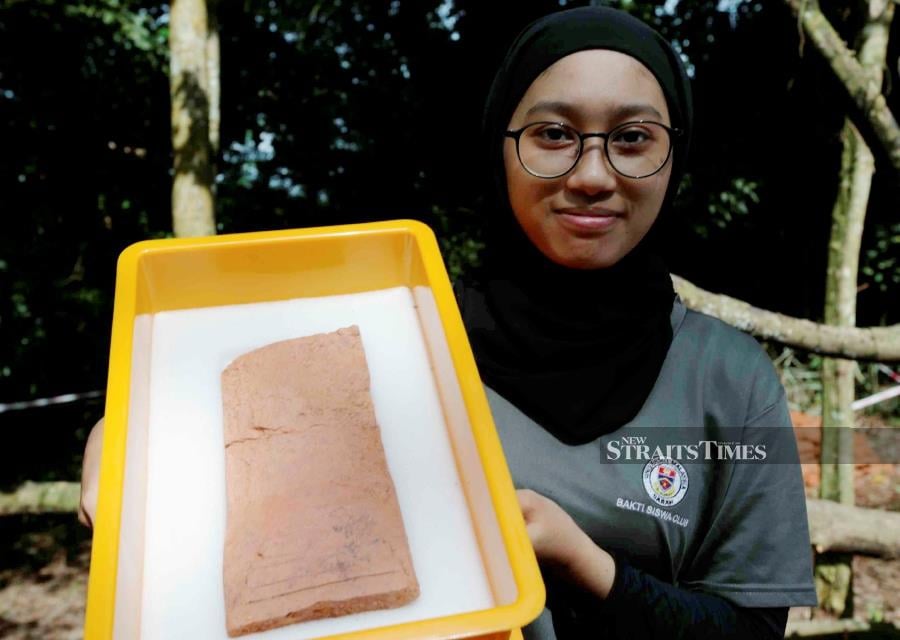USM Researchers Uncover 1,200 Year-Old Candi Of Ancient Civilisation In Kedah
The team also uncovered artefacts with inscriptions in Pallava, a Brahmic script from the seventh century AD.
Researchers of the National Heritage Department and Universiti Sains Malaysia (USM) have just unearthed the largest Buddhist candi to date at the archeological site of Bukit Choras in Yan, Kedah
According to Berita Harian, the researchers also found two well-preserved human-sized statues embedded in the south and west walls of the candi, a sacred structure of Hindu and Buddhist heritage.
National Heritage Department commissioner Mohd Azmi Mohd Yusof hailed the findings from the two-week excavation as the most significant archeological discoveries in Malaysia since the COVID-19 pandemic.
"The most unique feature about this discovery is that most of the artefacts are still intact, [with] the temple still retaining its full structure," he said at a press conference on Friday, 22 September.
"The site is believed to be built between the eighth and ninth century AD, positioning it on a similar timeline with the Lembah Bujang and Srivijaya period," he added.
He said the team also uncovered pottery fragments and artefacts with inscriptions in Pallava, a Brahmic script from the seventh century AD
Chief researcher Dr Nasha Rodziadi Khaw said the findings are also special as Bukit Choras is away from other known archeological sites related to Lembah Bujang
"This site is special because most of the [Lembah Bujang archaeology sites] are located south of Gunung Jerai, namely along Sungai Merbok and Sungai Muda.
"Bukit Choras is the only site located in the north of Gunung Jerai and totally isolated. We were surprised by the discovery of the Buddhist ancient temple site," he explained.
He said the finding of the large candi suggests there was a huge population living by the hill, and raises new questions on its relationship with Lembah Bujang, and other ancient civilisations in Southeast Asia.
According to CNA, ancient Kedah's civilisation, Lembah Bujang, is believed to have stretched across an area as big as 1,000 sqkm on Malaysia's west coast.
The sprawling historical complex is believed to be from the eighth century AD, or approximately 1,200 years old, and one of the oldest civilisations in Southeast Asia.
For context, the famous historical monuments of Borobudur in Indonesia and Angkor Wat in Cambodia, were built in the eighth and 12th century respectively.
Nasha said the artefacts will be taken back to USM for further research and conservation
Meanwhile, according to a statement by the National Heritage Department, the excavation will continue in December, as the team seeks to uncover the remaining half of the candi and make more discoveries.



